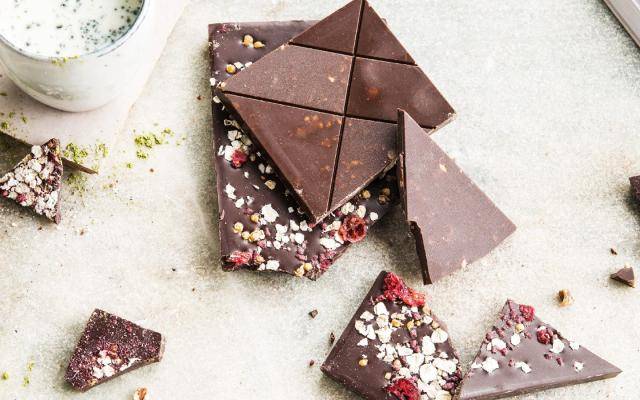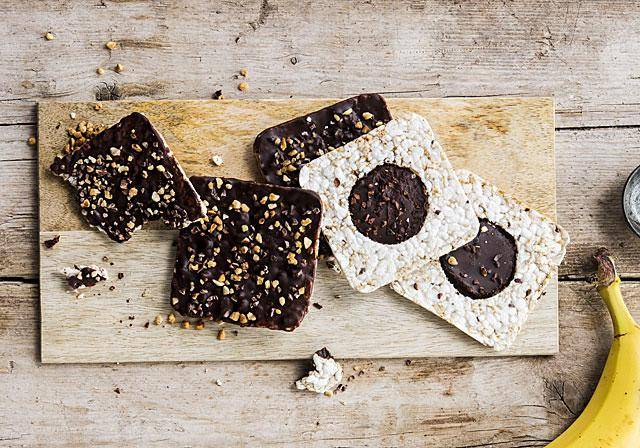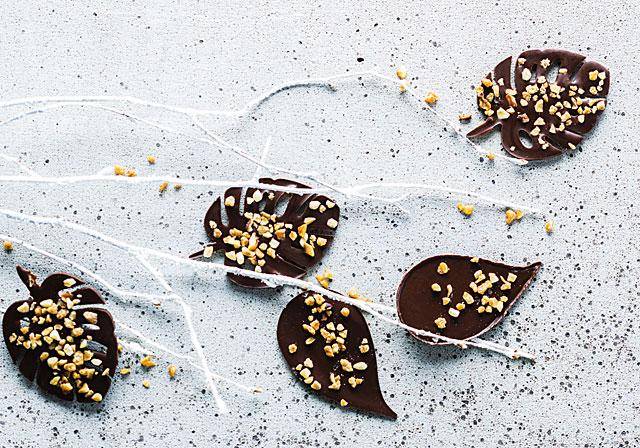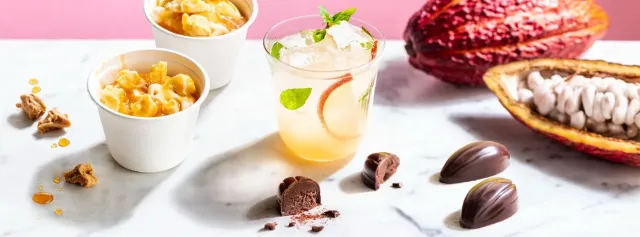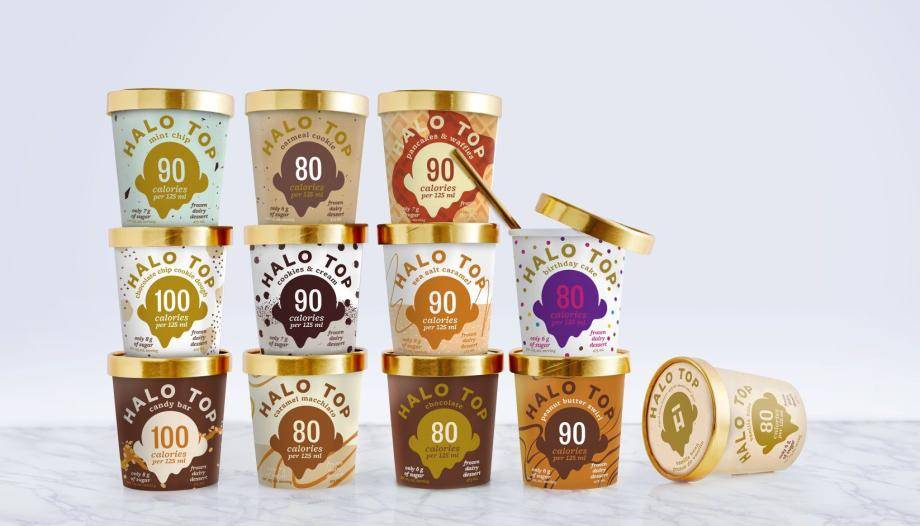
Halo Top
contains lower calories, less sugar, and higher protein than traditional ice cream
Consumers are looking for guilt-free ice creams
Besides fat, sugar is taking the spotlight more and more nowadays because of the part it plays in body weight control, obesity and other health issues. Consequently, there is a general call to reduce the recommended sugar intake: sugar taxes are gaining ground and in nutrition labels sugar is often on trial. Consumers are paying more attention to their sugar intake because of large-scale awareness campaigns set up by health organizations and governments.
Glico Sunao (Japan)
relaunched with 50% reduced sugar on April 2020
1 - Claim sugar reduction
Decreasing the sugar level in the product range is picking up speed. To claim the “reduced in sugar” label, the overall sugar level in a product should be 30% lower than the market average. Ezaki Glico (Japan) has successful claimed a lower sugar level in the new products they launched. In order to use a label claiming sugar reduction, the ice cream should also contain sugar-reduced chocolate.
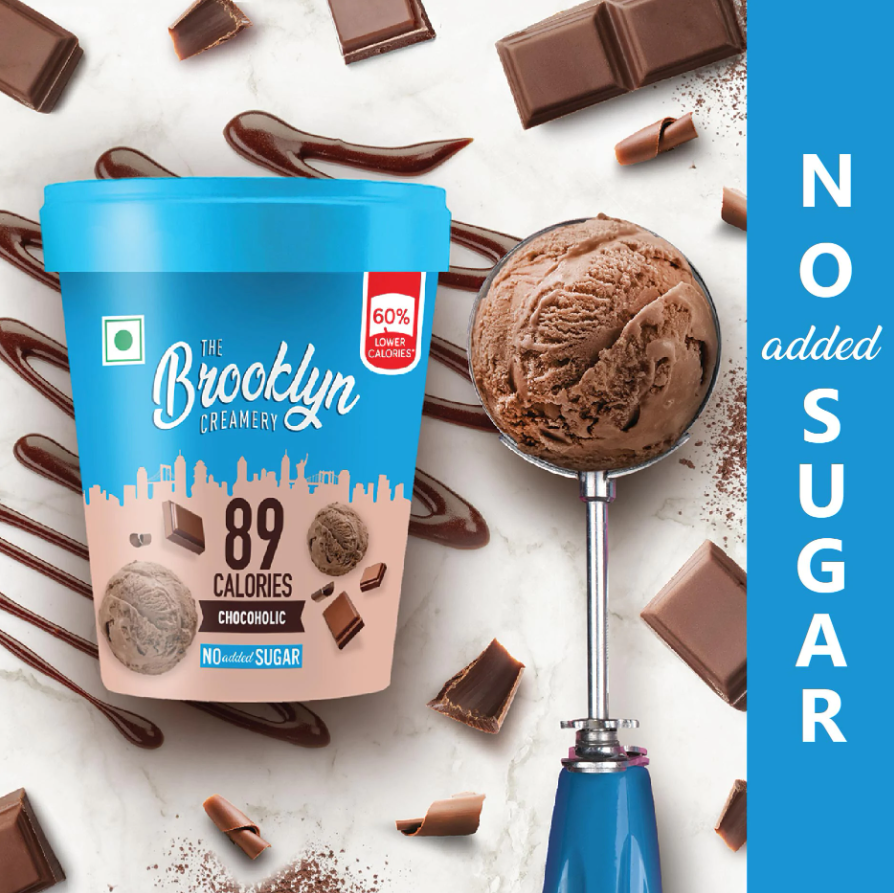
The Brooklyn Creamery (India)
made without added sugar and 60% lower in calories
2 - Without added sugar
Ice cream is following the lead of other product categories such as snack bars, confectionery, baked goods and sweets to develop guilt-free products. Products “without added sugar” have proven particularly popular. This label is used most often in the ice cream category compared to other claims. The number of product launches with a “no added sugar” certification has doubled between 2018 and 2019. This claim is often combined with other labels such as “high-protein” and “vegan” or “dairy-free”.
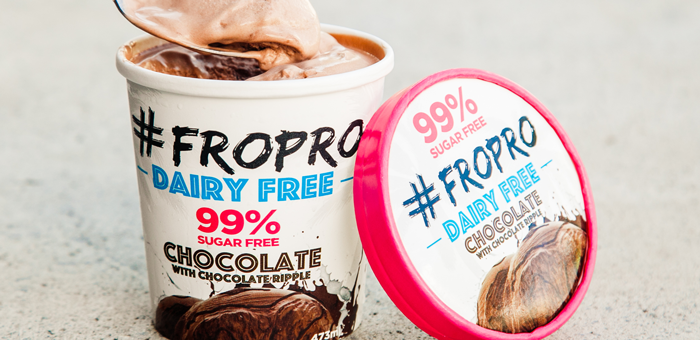
FroPro (Australia)
99% sugar-free, dairy-free, low calories
3 - Sugar-Free
Brands are developing a guilt-free product range by decreasing the calorie and sugar level. However, it is important to keep in mind that ice cream is inevitably linked with indulgence. Taste is still the number one purchase driver. In other words, reducing the sugar level of ice cream should not compromise the product’s taste. FroPro, for instance, has been a highly successful brand in Australia because of its continued focus on delicious flavors.
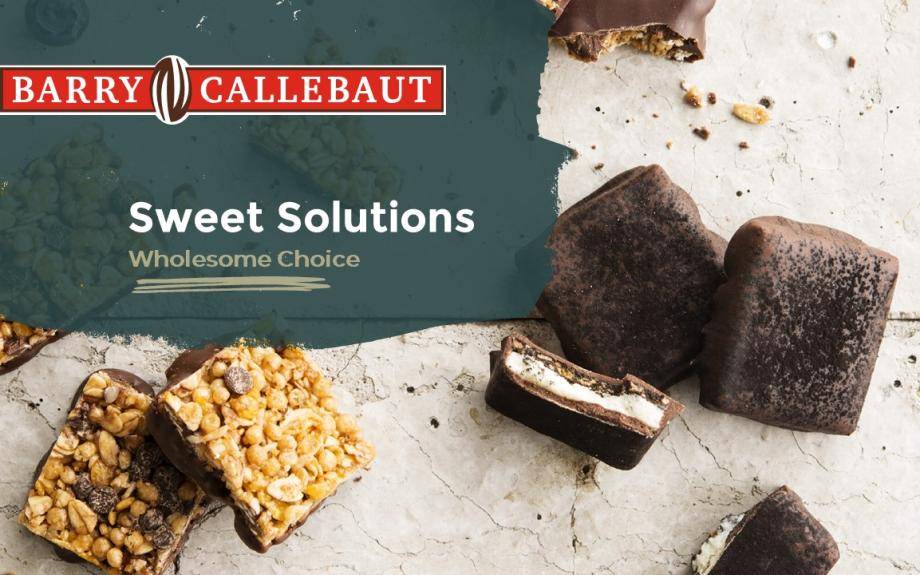
Discover our sugar solution range for chocolate to work into your “reduced in sugar” ice cream and get inspired to join the sugar-reduction trend.


